Hybrid SUVs have become increasingly popular as more drivers look to combine the utility of a sport utility vehicle with better fuel efficiency. These vehicles offer a practical middle ground, allowing families, commuters, and road trippers to enjoy space, comfort, and improved gas mileage without switching to a fully electric vehicle.
However, not all hybrids are created equal. While many deliver impressive fuel economy numbers in real-world driving, some fall short of expectations once the novelty wears off or conditions become less ideal. That’s especially important when gas prices are fluctuating, and drivers want consistency in their vehicle’s performance.
Some hybrid SUVs continue to perform admirably in city traffic, on the highway, or when hauling passengers and cargo. Their technology, powertrains, and aerodynamics remain efficient across various driving conditions. These are the models that validate their higher price tags with actual savings over time.
However, others look great on paper but tend to drop in efficiency under stress. The weight of the vehicle, battery design, software tuning, and how the hybrid system prioritizes electric power all factor in. These aspects can either maintain good mileage or let it dip significantly when the driving gets demanding.
There are also psychological and marketing elements to consider. Some vehicles appear efficient because of official ratings, but daily use tells a different story.
If a hybrid SUV performs well only in lab tests or under ideal circumstances but falters during real driving, such as in hilly areas, cold climates, or with frequent acceleration, then it’s not doing its job. As consumers become more educated and aware of these discrepancies, they’re looking beyond the sticker and focusing on long-term value.
This article presents two lists. The first highlights five hybrid SUVs that maintain strong MPG even when used aggressively or across varying environments. The second identifies five that lose efficiency more quickly than expected. Each vehicle is discussed based on how it holds up in practical driving conditions. This isn’t just about what a brochure or EPA test says; it’s about what drivers can genuinely expect over time.
Also Read: 5 Forgotten Family Cars That Last vs 5 Bestseller Family Cars With Issues
Hybrid SUVs That Stay Efficient
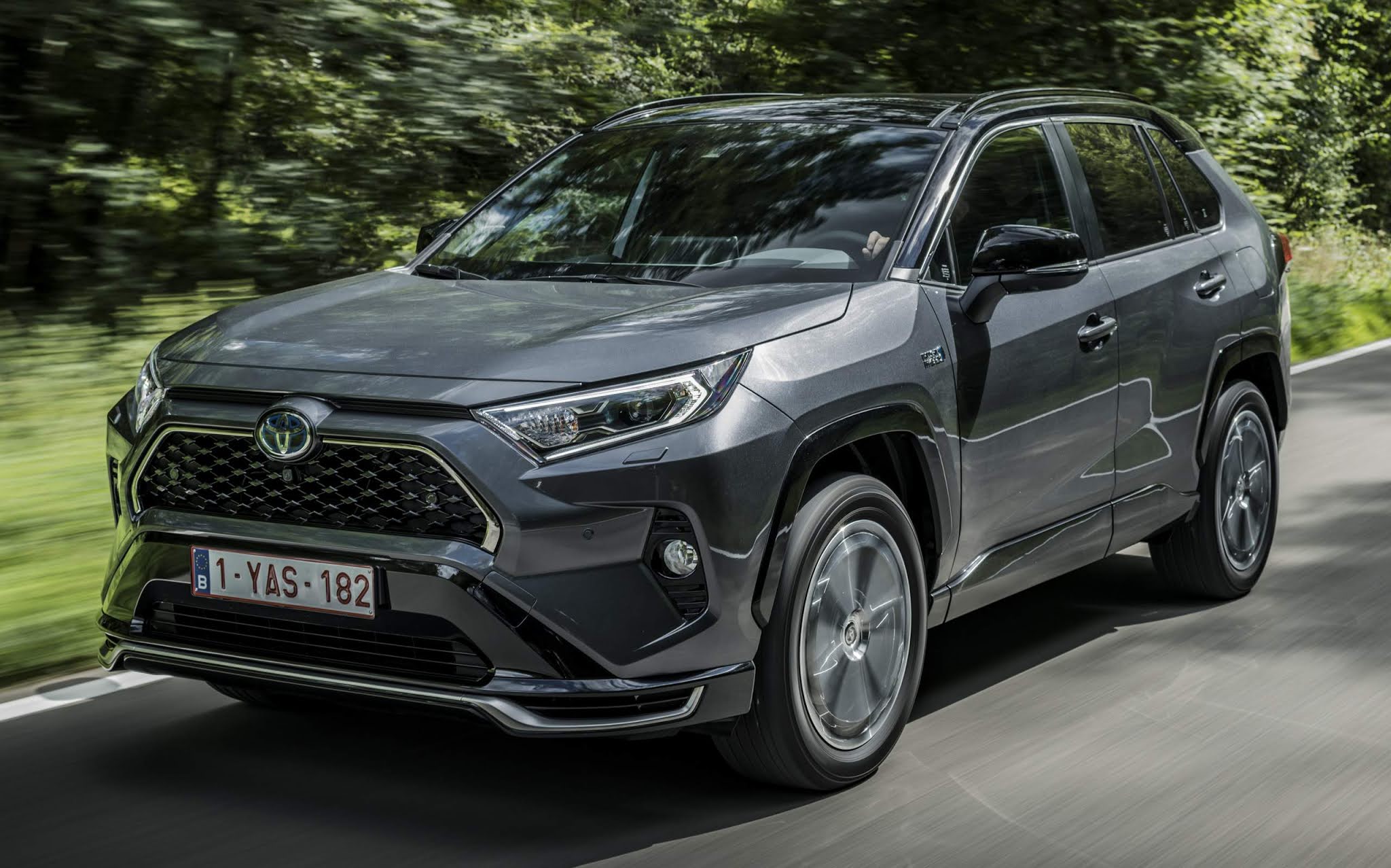
1. Toyota RAV4 Hybrid
The Toyota RAV4 Hybrid has long been considered a leader in the hybrid SUV category, and for good reason. Unlike many competitors that advertise strong fuel economy but fail to maintain it in real-world conditions, the RAV4 Hybrid consistently delivers on its promises. Whether you’re driving in the city or cruising on the highway, its powertrain adapts efficiently without guzzling fuel.
The hybrid system is well-integrated, with an electric motor that works seamlessly alongside the gasoline engine to ensure smooth transitions and minimal waste. Its regenerative braking system captures lost energy effectively, which further helps in maintaining strong fuel economy.
What makes the RAV4 Hybrid stand out is its ability to handle varied terrain and load without a noticeable drop in MPG. Many hybrids start to lose efficiency when carrying cargo, climbing hills, or dealing with heavy stop-and-go traffic, but this model stays steady.
Drivers report minimal change in mileage under stress, which means the vehicle is well-suited for both daily commuting and weekend adventures. It offers close to 40 MPG combined, and that figure doesn’t waver much even with prolonged use or across different seasons.
Another factor in its efficiency retention is the RAV4 Hybrid’s aerodynamic design and relatively lightweight structure. Toyota has managed to keep the vehicle’s weight reasonable without sacrificing durability or passenger comfort.
This balance contributes significantly to its dependable performance over time. Unlike bulkier SUVs, it doesn’t require as much effort from the engine to move, which helps conserve fuel across long distances or during constant acceleration and braking cycles.
Owners also benefit from Toyota’s experience in hybrid engineering. The company has spent decades refining its hybrid systems, and the RAV4 is a beneficiary of that expertise. Software updates, battery management, and smart power distribution all contribute to its long-term efficiency. It’s one of the few hybrid SUVs where the advertised mileage is truly representative of what most owners will experience every day.
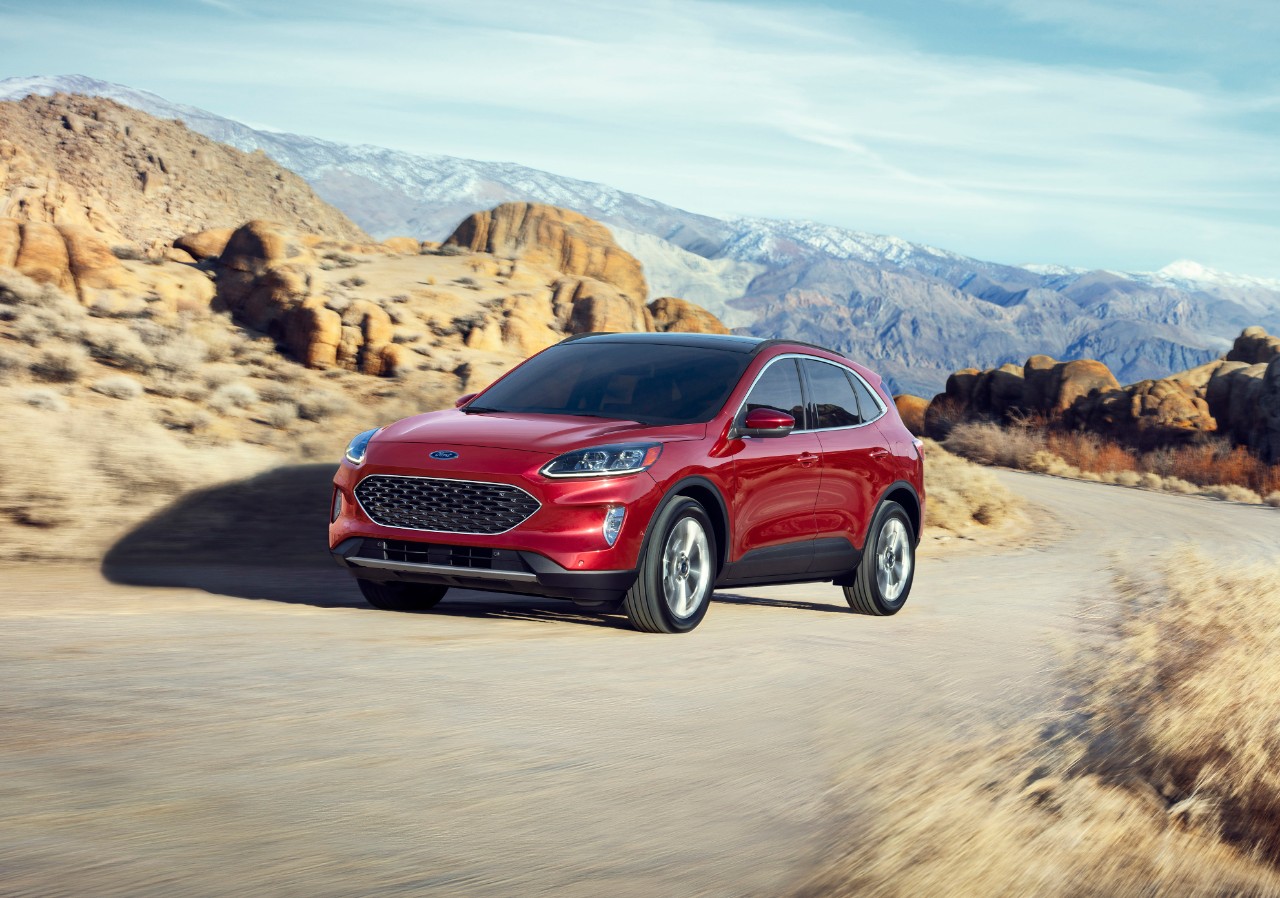
2. Ford Escape Hybrid
The Ford Escape Hybrid has emerged as one of the more consistent performers in terms of real-world fuel economy. While some Ford models have struggled with efficiency in the past, the Escape Hybrid distinguishes itself by maintaining steady MPG even in challenging environments.
Its hybrid system is well-calibrated, offering smooth acceleration and deceleration, and it doesn’t require constant babysitting to stay efficient. The regenerative braking system is subtle yet effective, and the transition between electric and gasoline power feels intuitive rather than forced.
One of the key strengths of the Escape Hybrid is its adaptability. Whether you’re stuck in heavy urban traffic or taking a long highway journey, the vehicle doesn’t exhibit the drastic efficiency loss that plagues some other hybrids.
The onboard system manages battery use cleverly, relying more on electric power in low-speed scenarios and shifting intelligently to gas when higher output is needed. This balancing act helps it maintain around 41 MPG in the city and a bit lower on the highway, but even that number stays close regardless of the situation.
Another reason the Escape Hybrid performs well is its relatively compact structure for a midsize SUV. It’s not burdened by excessive weight or bulk, which often causes other hybrid SUVs to falter.
The reduced mass means the engine doesn’t have to overcompensate to move the car, preserving gas and lowering emissions. Despite being lighter, it doesn’t sacrifice safety or comfort, making it a practical choice for families and solo drivers alike.
The vehicle also benefits from Ford’s recent improvements in build quality and drivetrain efficiency. The continuously variable transmission (CVT) contributes to smoother rides and helps keep the engine in its most efficient range.
Unlike some rivals, which can feel sluggish or overly aggressive in their gear changes, the Escape Hybrid’s system avoids unnecessary strain. As a result, it continues to be a reliable option for drivers looking to stay efficient without drastically altering their driving habits.
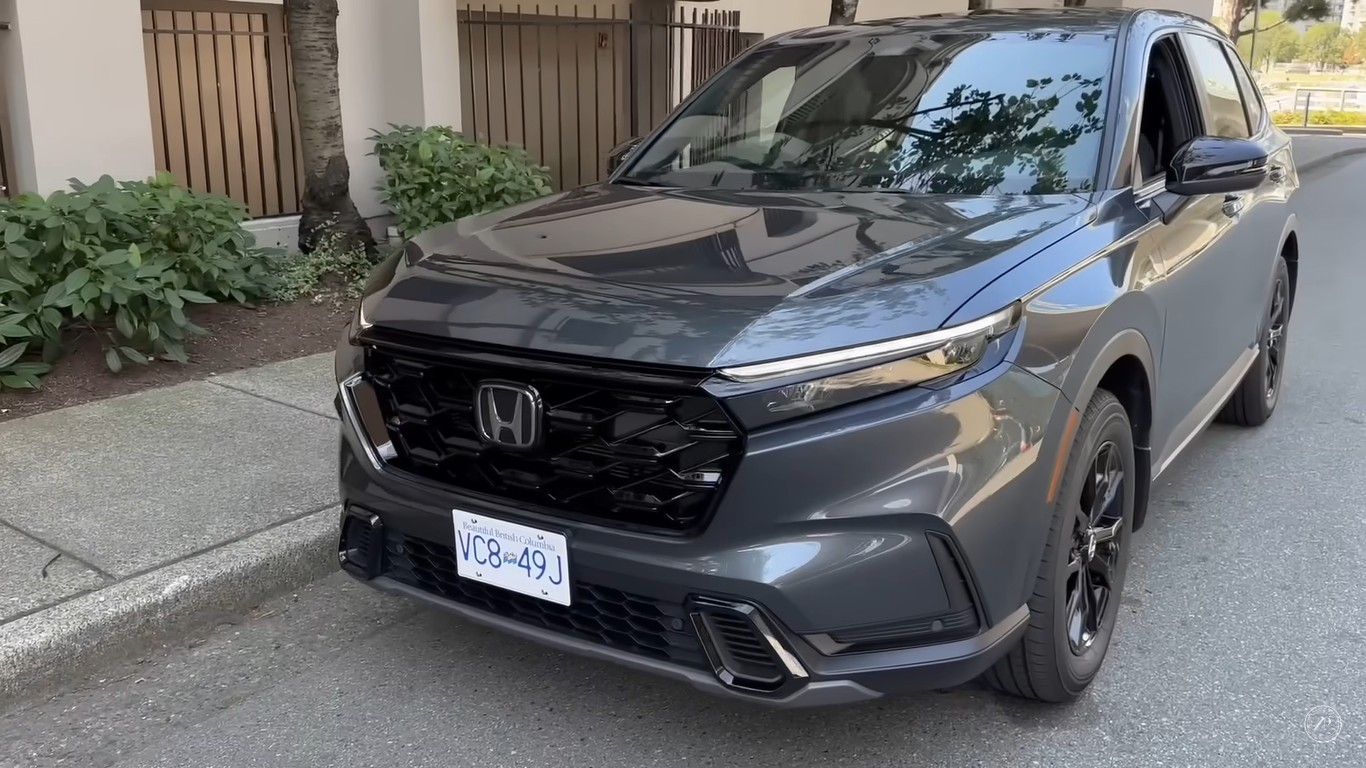
3. Honda CR-V Hybrid
Honda’s CR-V Hybrid is a standout model that lives up to its reputation by maintaining excellent fuel economy under diverse driving conditions. Honda has applied its engineering focus to create a hybrid SUV that doesn’t just look good on paper but actually holds up in real-world use.
The e-CVT system plays a major role in keeping the vehicle efficient, while the dual-motor setup maximizes energy conversion without sacrificing performance. Even with passengers and cargo, the vehicle continues to return around 38 MPG combined, making it one of the more reliable options in this segment.
What really separates the CR-V Hybrid is its smart use of space and energy. The hybrid battery is placed in a way that doesn’t intrude on cargo room or weight distribution, allowing the vehicle to maintain a stable ride and strong efficiency.
Whether it’s cold winter mornings or hot summer traffic jams, the CR-V Hybrid handles fluctuations in environment and driving habits without a significant dip in MPG. This is not something all hybrid SUVs can claim, as many suffer under the pressure of seasonal and terrain-related challenges.
It also benefits from Honda’s signature refinement in steering and throttle response. The system doesn’t feel jerky or uncertain, and the handoff between electric and gas is nearly unnoticeable. Many hybrid SUVs lose efficiency because their systems are either too aggressive or too timid, but the CR-V Hybrid finds that middle ground where efficiency and driveability meet. It encourages good habits without forcing drivers to drastically adjust their natural tendencies.
Maintenance and durability play an indirect but important role in efficiency, and the CR-V Hybrid does well here too. Honda’s reputation for reliability ensures that the hybrid system stays in good shape over time, which in turn supports stable MPG figures. Unlike some hybrids that start strong but fade due to battery degradation or drivetrain wear, the CR-V Hybrid retains its efficiency even after several years of use.
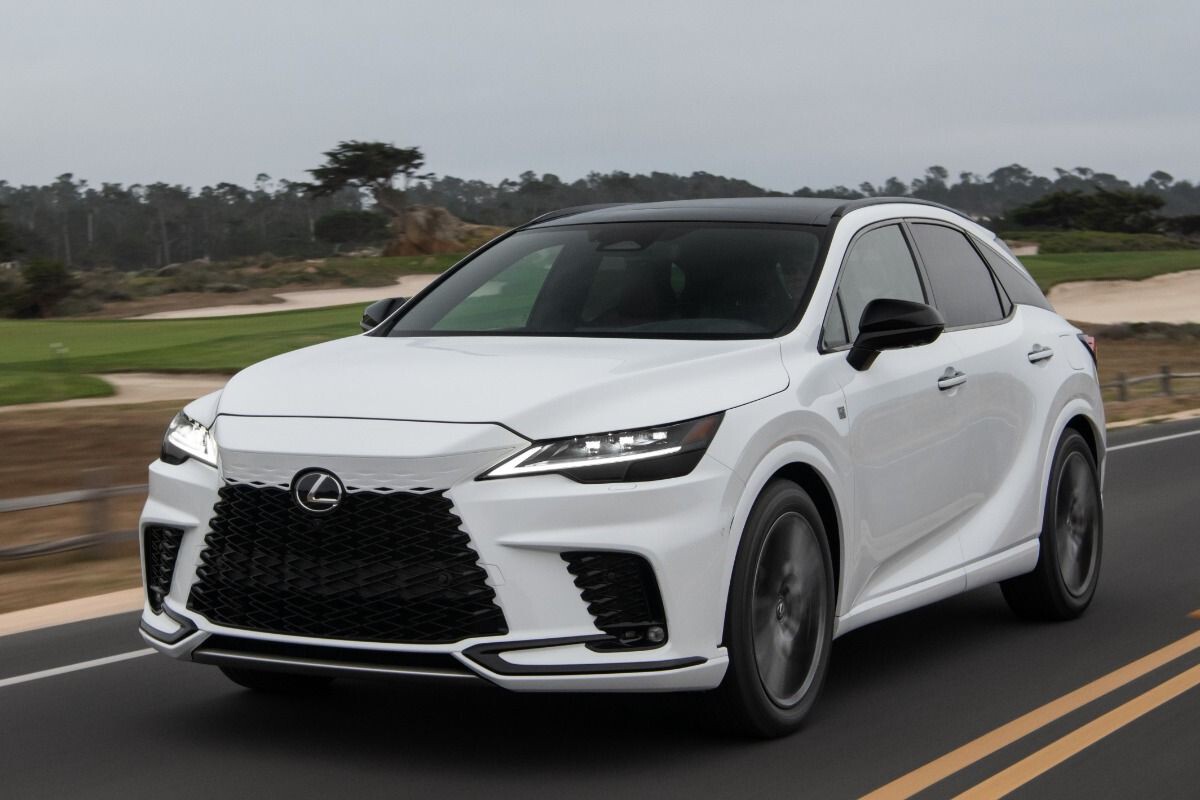
4. Lexus RX 500h
The Lexus RX 500h offers something many drivers find elusive: luxury combined with lasting fuel economy. While luxury SUVs often focus on power and style at the expense of efficiency, the RX 500h avoids that trap.
Lexus has engineered this model to provide high-end comfort while maintaining a hybrid system that doesn’t lose ground in real-life situations. Even with a turbocharged engine and AWD capability, it manages to return around 36 MPG combined under typical conditions, which is impressive for a vehicle of its size and class.
Unlike some other performance hybrids that prioritize acceleration over conservation, the RX 500h finds a practical balance. It doesn’t drop MPG dramatically when used for daily tasks or longer road trips.
This is largely due to Lexus’ hybrid tuning, which places a strong emphasis on electric assist during low-speed operation and smarter fuel mapping at higher speeds. The result is a luxury SUV that actually delivers savings at the pump without feeling sluggish or underpowered.
Interior systems also help with efficiency. From energy-smart climate control to reduced idle RPMs, the RX 500h comes with built-in features that limit unnecessary fuel use.
Unlike some rivals, where efficiency drops due to infotainment loads, charging devices, or auxiliary functions, the RX 500h minimizes this kind of passive energy loss. These small touches add up to help it retain its MPG advantage even in fully loaded scenarios.
Another factor is build quality and material choice. Lexus has managed to keep the RX 500h both sturdy and aerodynamic. The use of lightweight but durable components means less drag and less weight, which allows the hybrid system to work more efficiently.
When compared with heavier competitors in the luxury segment, the RX 500h continues to deliver better mileage without asking the driver to compromise on features or comfort.
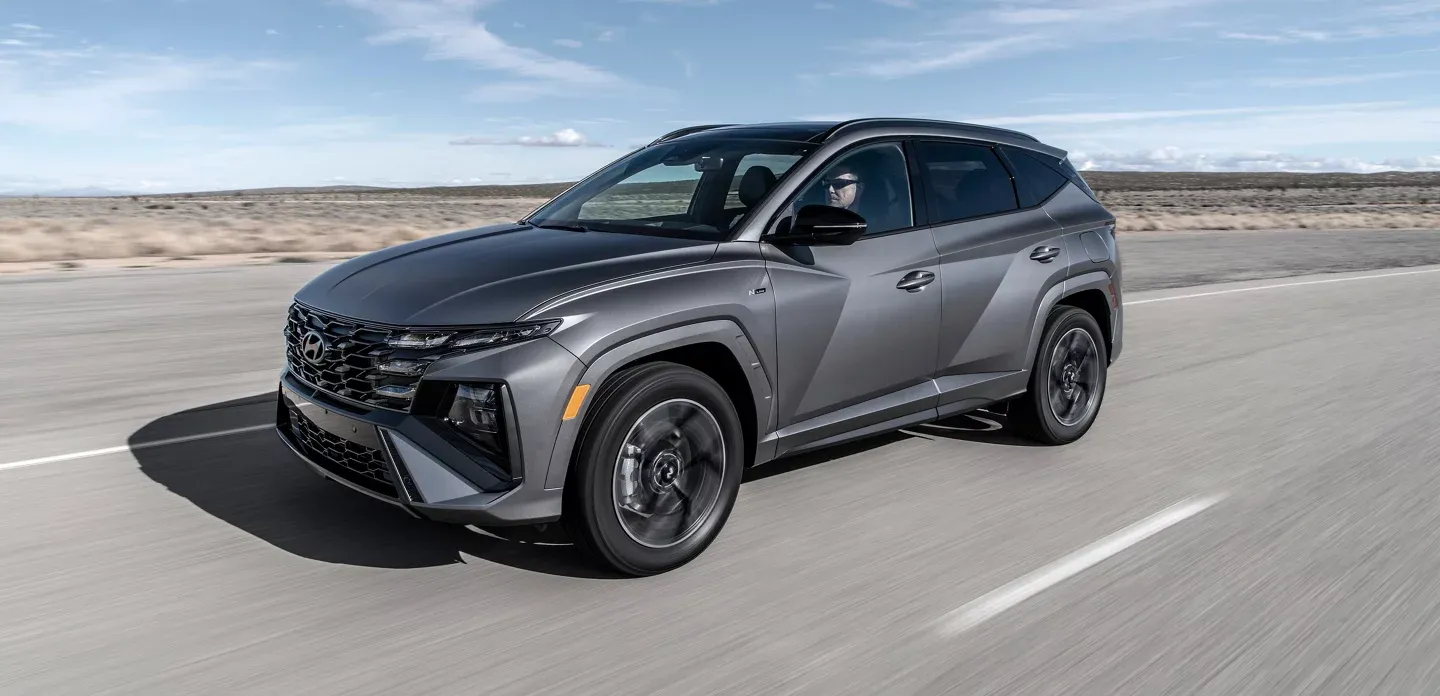
5. Hyundai Tucson Hybrid
The Hyundai Tucson Hybrid quietly earns its place among efficient hybrid SUVs that hold up under pressure. Often overshadowed by bigger names, the Tucson Hybrid continues to impress owners with real-world MPG figures that match or even beat advertised numbers.
With a combined rating around 38–40 MPG, it retains that efficiency even during extended use, different driving modes, and variable weather. Unlike some vehicles that falter with age or mileage, the Tucson’s hybrid system remains consistent thanks to Hyundai’s well-tuned power management.
The powertrain is both responsive and economical, giving drivers a confident experience without burning excess fuel. The hybrid battery works in tandem with a turbocharged gas engine to provide torque when needed, but the system pulls back intelligently once that power demand subsides.
This ability to ramp up and scale back without wasting fuel is key to its long-term MPG performance. The Tucson also includes a decently powerful regenerative braking system that feeds energy back into the battery during downhill driving or braking.
A big reason the Tucson Hybrid performs so well is its refined transmission system. Hyundai has opted for a traditional 6-speed automatic transmission rather than a CVT, and this decision helps in balancing driver engagement with efficiency.
It allows the vehicle to maintain steady RPMs during long drives, preserving fuel without feeling like it’s straining the engine. This becomes especially noticeable on highways or when climbing hills, where some other hybrids lose their edge.
From a design perspective, Hyundai has focused on airflow and weight balance. The Tucson is sculpted to reduce drag and includes multiple drive modes that can subtly adjust power delivery based on conditions.
The result is a hybrid SUV that adapts intelligently without demanding attention from the driver. Its consistent performance across urban, rural, and freeway settings makes it one of the more reliable choices for anyone focused on long-term efficiency.
Hybrid SUVs That Lose MPG Quickly
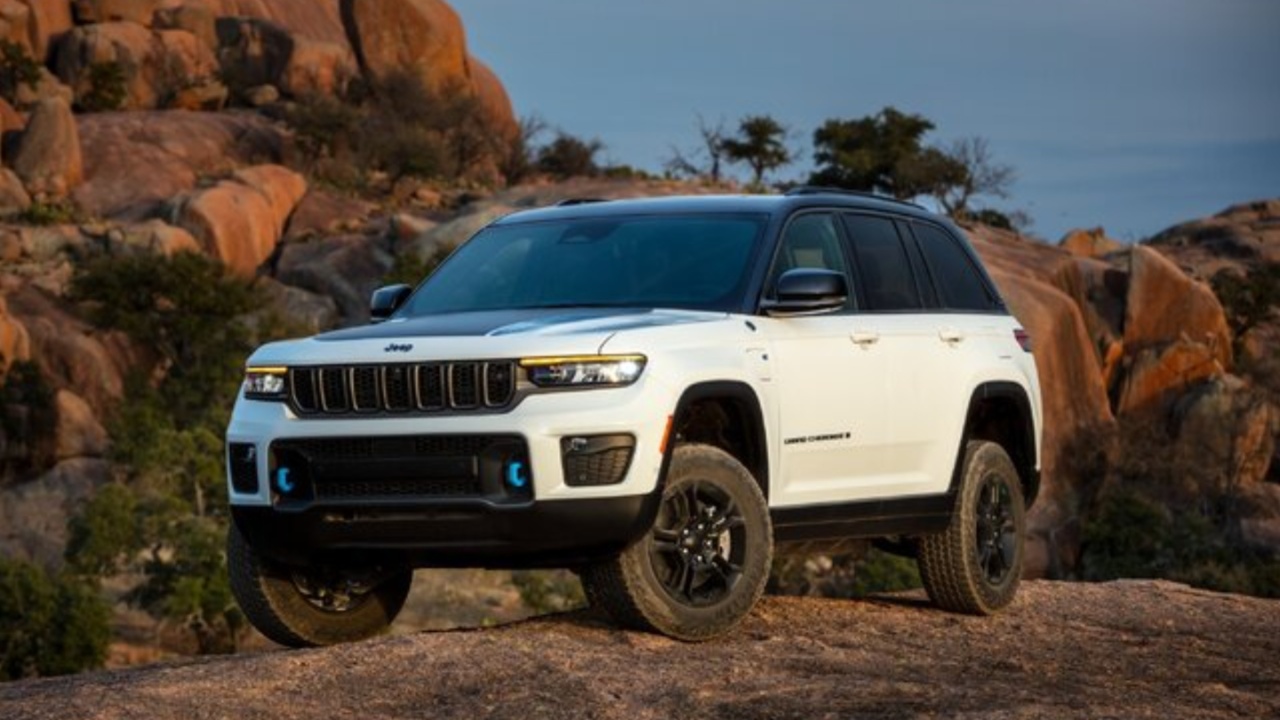
1. Jeep Grand Cherokee 4xe
The Jeep Grand Cherokee 4xe entered the market with a lot of buzz, especially because it combined off-road capability with plug-in hybrid technology. On paper, the numbers look promising: around 25 miles of electric range and a combined MPG rating in the low 20s when the battery runs out.
However, in real-world conditions, especially after the initial electric charge is used, the gas engine takes over and significantly reduces the vehicle’s efficiency. Many drivers report that once the battery is depleted, the fuel economy drops into the mid-teens. That’s problematic for a hybrid, especially one marketed with environmental and efficiency claims.
This drop in MPG becomes more noticeable when the SUV is used in typical Jeep fashion: for towing, off-road excursions, or simply transporting heavy loads. The vehicle’s weight, over 5,000 pounds and relatively aggressive powertrain tuning means the engine has to work harder than most hybrid setups, leading to higher fuel consumption.
The transition from battery-powered operation to gasoline often feels abrupt and jarring, which not only affects ride quality but also wastes energy during the process. This inconsistency can make it feel like the hybrid system is more of an afterthought than a true design priority.
Another issue is the complexity of the system. While plug-in hybrids can be efficient when plugged in daily and driven short distances, the Grand Cherokee 4xe doesn’t deliver strong efficiency in longer or mixed-use drives. Many owners don’t always have access to charging stations or forget to recharge regularly, and the vehicle doesn’t compensate well for that.
Instead of optimizing hybrid operations during gas-powered travel, it operates like a regular V6 SUV with added weight from the hybrid system, which actually hurts fuel economy further. This makes it hard to justify the hybrid premium unless your driving fits very specific patterns.
The 4xe branding sounds good from a marketing standpoint, but for most users, the MPG figures will vary wildly based on driving habits. Unless you drive short distances and plug in constantly, the efficiency advantages are hard to hold onto.
Over time, the cost savings at the pump disappear, and what remains is a heavy, premium SUV that simply doesn’t live up to its hybrid promise. While it may excel off-road, the hybrid badge becomes more of a cosmetic feature than a practical advantage in real-world scenarios.
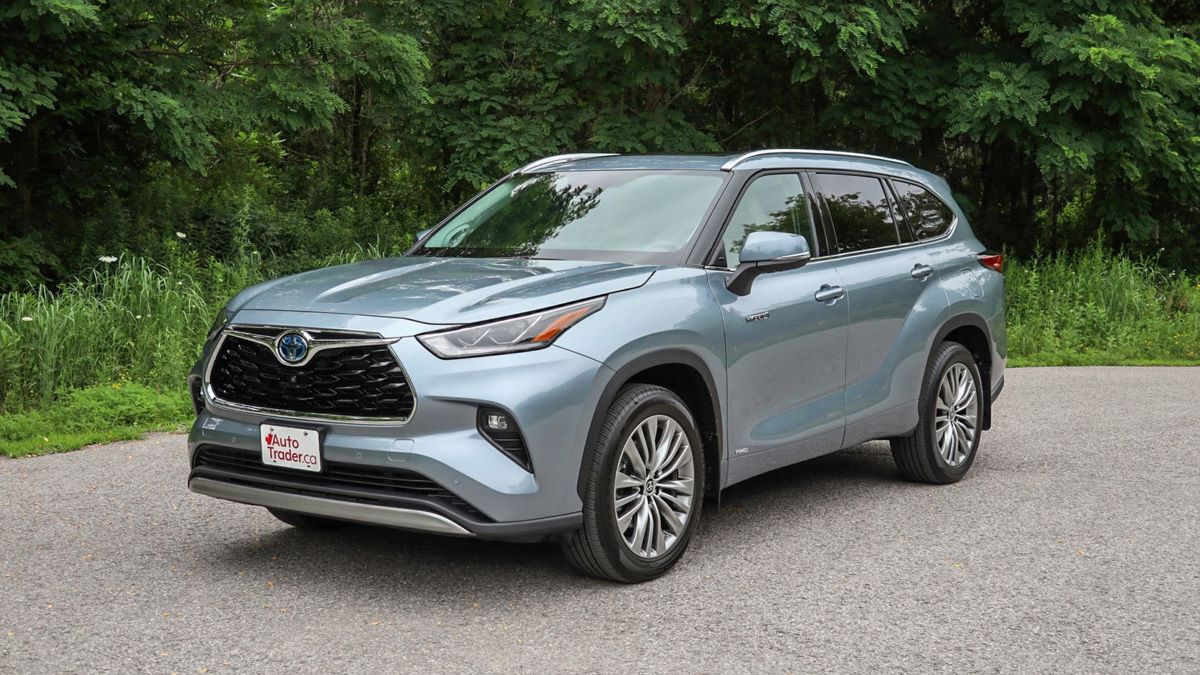
2. Toyota Highlander Hybrid (Older Models)
While Toyota is usually a benchmark for hybrid efficiency, not every model has maintained consistent fuel economy, especially the earlier versions of the Highlander Hybrid.
The older-generation Highlander Hybrids, particularly those before the 2023 redesign, were praised for their family-friendly layout and strong reliability, but they struggled to maintain MPG in certain driving conditions. Their combined rating hovered in the low 30s, but that figure often dipped to the mid-20s when carrying a full load of passengers, navigating hills, or driving at highway speeds for long stretches.
A primary issue is the size and weight of the vehicle. The older Highlander Hybrids use a V6-based hybrid powertrain that, while powerful, isn’t particularly efficient under stress. The hybrid system favors power over conservation, and this results in noticeable drops in MPG during acceleration or climbing inclines.
Compared to smaller Toyota hybrids, like the Prius or RAV4, the Highlander Hybrid feels less optimized for pure fuel savings and more for added power and comfort. That makes it suitable for families needing space, but less attractive for those chasing high-efficiency numbers.
Another concern is the way the eCVT is tuned in the older models. It often keeps the engine running at higher RPMs for prolonged periods, especially when going uphill or overtaking on highways. This drags down the MPG and creates a loud, strained engine note that many drivers find off-putting.
Additionally, regenerative braking in these models isn’t as refined as in Toyota’s smaller hybrids, meaning that less energy is recovered during stop-and-go driving. All of this combines to reduce efficiency, especially in cities or hilly regions.
While the newer Highlander Hybrid models have moved to a more efficient 4-cylinder hybrid setup, the older ones serve as a cautionary tale. Just because a vehicle carries a Toyota hybrid badge doesn’t guarantee excellent MPG.
For those driving older Highlander Hybrids today, the long-term cost savings might not materialize unless they operate under very mild, predictable conditions. They remain reliable and versatile vehicles, but they simply don’t deliver consistent hybrid fuel economy under real-world demands.
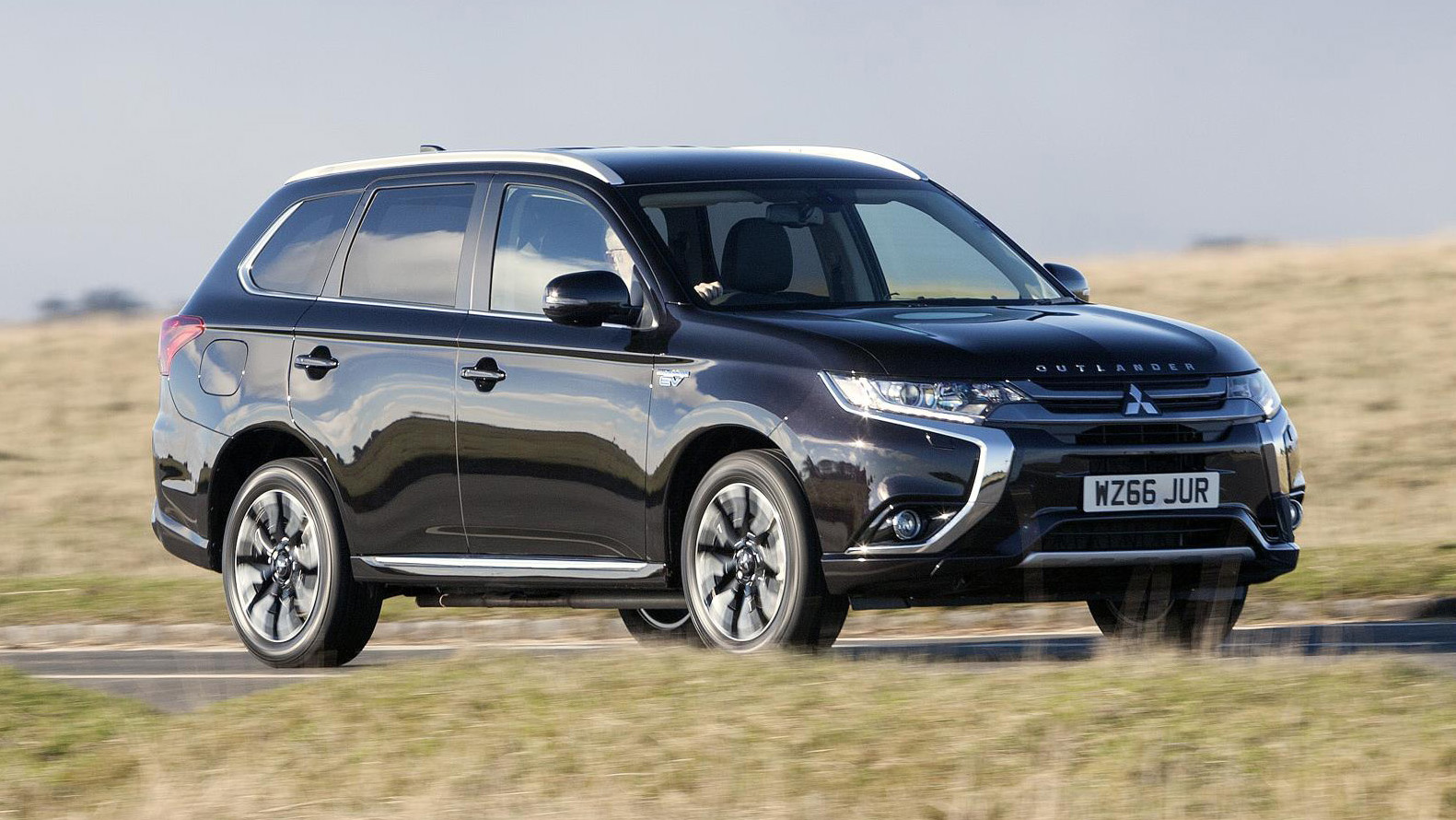
3. Mitsubishi Outlander PHEV
The Mitsubishi Outlander PHEV made headlines as one of the first plug-in hybrid SUVs to gain global popularity, especially in markets outside the U.S. It promised both electric-only driving for short distances and decent hybrid fuel economy when the battery ran out.
However, in everyday use, the Outlander PHEV often underwhelms when it comes to sustained fuel efficiency. Once the relatively short electric range (around 20–24 miles) is depleted, the vehicle defaults to a fairly average gasoline engine that doesn’t do much to conserve fuel. As a result, real-world MPG drops into the low 20s or even high teens depending on terrain and driving style.
One of the core issues is that the gasoline engine itself isn’t particularly efficient or powerful. When it takes over, it struggles to move the relatively heavy SUV, especially with a full load of passengers or luggage. The engine often revs loudly and feels under strain, which not only reduces efficiency but also makes for a less enjoyable driving experience.
Unlike some other plug-in hybrids that maintain a smooth transition between electric and gas, the Outlander’s shift feels more like a fallback than a seamless integration. This leads to inefficient power delivery and a more noticeable drop in fuel economy.
The battery management system is also part of the problem. The vehicle doesn’t optimize regenerative braking as well as other hybrids, meaning that potential energy is lost instead of stored. Even worse, the battery depletes quickly if drivers use climate control or heating features heavily, and the system doesn’t prioritize recharging efficiently once the gas engine is in use.
This makes it hard to regain electric range during a drive, leaving drivers stuck in gas mode for long periods. That’s when the MPG really starts to suffer, particularly during highway travel or hill climbing.
Another factor to consider is that the vehicle relies heavily on ideal usage patterns to achieve its advertised MPG numbers. For drivers who can’t plug in regularly, or who exceed the electric range on most trips, the Outlander PHEV effectively functions like a conventional SUV with extra weight.
It may have a hybrid badge and offer some benefits in urban settings, but it’s not a model that maintains its efficiency consistently. Buyers drawn in by its early electric range may find themselves disappointed once that initial charge runs out.

4. Subaru Crosstrek Hybrid (PHEV)
Subaru’s attempt at a plug-in hybrid with the Crosstrek Hybrid was met with mixed reviews. While the car had good intentions, combining all-wheel drive with a plug-in hybrid system, the results didn’t live up to expectations.
Its electric-only range was modest at best, often under 20 miles, and once the battery was drained, the gas engine took over with mediocre results. The combined MPG, once in hybrid mode, typically sat below 30 MPG in real-world testing, which is underwhelming for a vehicle of its size and class. For a compact crossover, that kind of efficiency loss is hard to justify.
A key issue is the use of an older Toyota-based hybrid system that feels somewhat outdated. It lacks the seamless operation seen in more advanced hybrids, and the transitions between electric and gasoline power are more noticeable. The small battery doesn’t allow for much electric driving time, and the gas engine lacks the punch or efficiency to carry the vehicle gracefully.
It often revs high and struggles under moderate acceleration, especially when the vehicle is loaded or climbing hills. That inefficiency becomes more pronounced on longer trips where hybrid mode dominates.
Adding to the problem is the Crosstrek Hybrid’s added weight from the battery system. Unlike fully optimized hybrids that manage to keep mass in check, this model feels heavier than it should, which drags down fuel economy even further.
The AWD system, while great for traction, also contributes to lower MPG, especially in urban stop-and-go traffic. Instead of offering the best of both worlds, the Crosstrek Hybrid ends up making compromises on both sides, providing neither long electric range nor strong gas mileage.
The result is a vehicle that works best only under very specific conditions, short urban commutes with regular charging access. For anyone relying on the hybrid system for fuel savings on longer drives or in cold climates, the Crosstrek Hybrid doesn’t deliver.
It’s a reminder that slapping a plug-in system onto an existing vehicle architecture without fully integrating it can result in disappointing performance. While it remains a good vehicle in terms of build quality and all-weather capability, its fuel economy often falls short of expectations for a hybrid.
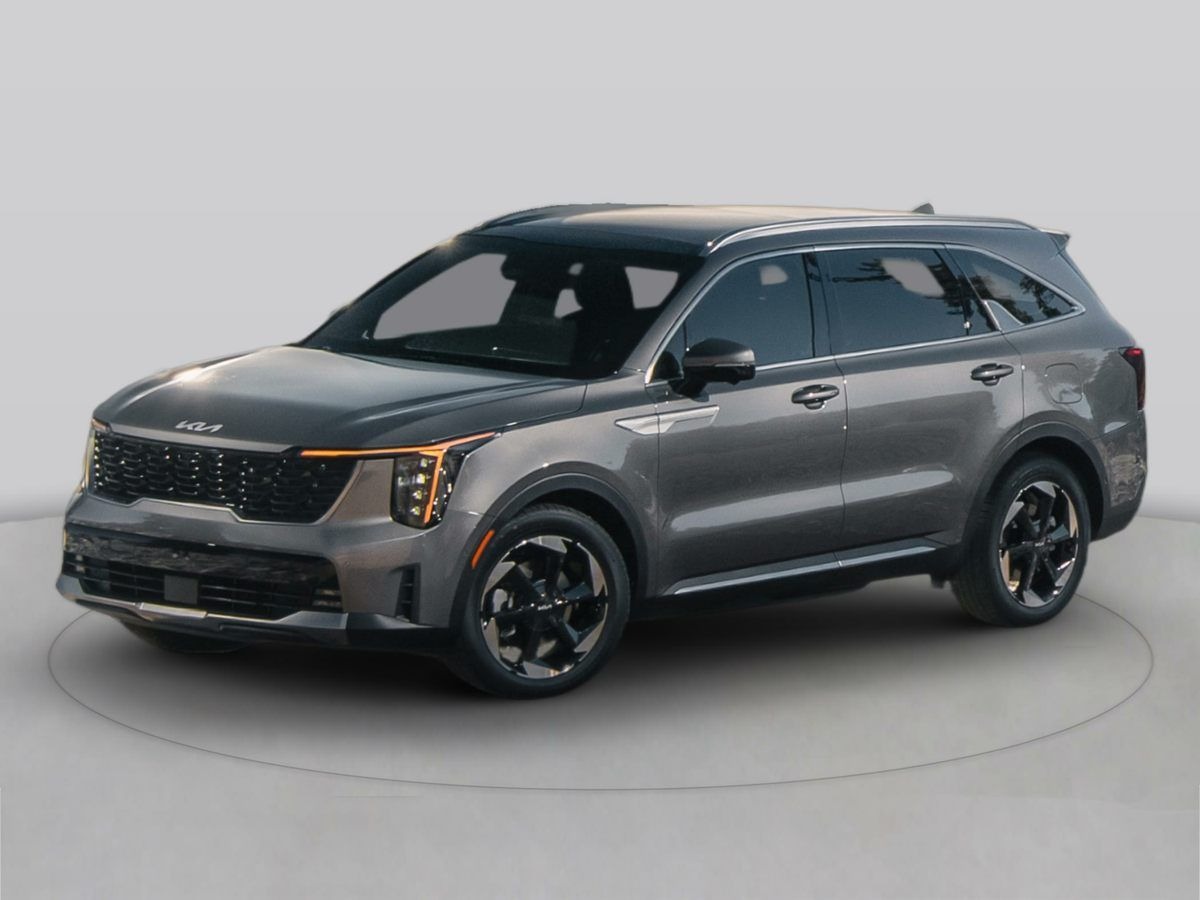
5. Kia Sorento Hybrid
The Kia Sorento Hybrid stands as an example of a vehicle that promises a lot but struggles to deliver consistent MPG once put to the test. Its official EPA ratings are around 37 MPG combined for the front-wheel-drive version and lower for all-wheel-drive, which sounds competitive at first glance.
However, real-world driving often tells a different story. Many drivers report combined MPG figures in the high 20s or low 30s, especially in urban settings or when carrying passengers. The drop-off in efficiency becomes especially apparent when the vehicle is asked to perform at higher speeds or under heavy loads.
One explanation is that the Sorento Hybrid uses a 1.6-liter turbocharged engine, which provides decent performance but isn’t always the most efficient under strain. Turbocharged engines can offer strong power from a smaller displacement, but they often demand more fuel when pushed hard, particularly during rapid acceleration or while climbing hills.
In the case of the Sorento Hybrid, when the electric assist isn’t enough to carry the vehicle, the gasoline engine kicks in more aggressively and at higher RPMs, which leads to a quicker drop in MPG. This effect is more pronounced in all-wheel-drive models, where the extra drivetrain components add weight and mechanical resistance, further straining the engine.
The hybrid system in the Sorento also doesn’t manage regenerative braking as efficiently as some competitors. Instead of maximizing energy recovery during deceleration or stop-and-go traffic, it tends to lose potential energy, meaning the battery charges more slowly and the gas engine has to work harder.
This is especially noticeable in city driving, where hybrid technology is supposed to shine the most. Many drivers find themselves running the engine more often than expected, which erodes fuel economy.
Another contributing factor is the Sorento’s weight and size. As a midsize SUV with three rows of seats, it carries more mass than smaller hybrids like the Tucson or RAV4. While some larger hybrids compensate well with stronger electric motors and optimized battery packs, the Sorento’s setup feels less balanced.
The vehicle often feels sluggish under full load, which encourages more throttle input and therefore higher fuel consumption. This means that if you frequently haul passengers or cargo, your MPG is likely to drop even faster.
Finally, the driving experience itself can influence MPG loss. The Sorento Hybrid is tuned more for comfort and smoothness than aggressive fuel economy. The transmission shifts can feel slow to react, and the engine’s noise can become prominent under load, tempting drivers to press the accelerator more for a confident pass or merge.
These behavioral factors, combined with the mechanical realities of the system, create a scenario where the hybrid’s fuel efficiency declines noticeably once you step away from ideal conditions.
Also Read: 5 Cars Rated Best for First-Time Buyers and 5 Giving New Drivers Fits
Hybrid SUVs have transformed the automotive industry by offering an alternative to traditional gasoline-powered vehicles without sacrificing practicality. However, as this comparison shows, not all hybrid SUVs maintain their fuel efficiency equally well in everyday driving conditions.
Some models, like the Toyota RAV4 Hybrid, Ford Escape Hybrid, Honda CR-V Hybrid, Lexus RX 500h, and Hyundai Tucson Hybrid, are engineered to keep MPG numbers steady even when the vehicle faces real-world challenges like heavy loads, varying terrain, or stop-and-go traffic. These vehicles reflect thoughtful integration of hybrid technology, lightweight design, and smart software management.
Choosing a hybrid SUV is more than just reading EPA ratings or marketing claims. Understanding how a vehicle performs in realistic conditions over time is essential. Drivers need to consider their driving habits, terrain, climate, and typical passenger or cargo loads. By doing so, they can select a hybrid SUV that will not only save fuel but also provide a reliable and enjoyable driving experience.
If fuel efficiency is a priority, focusing on models with proven track records for maintaining MPG is wise. Conversely, those drawn to certain hybrid SUVs for their style, luxury, or brand may need to accept that fuel economy might be less consistent. In the end, the best hybrid SUV is one that balances your personal needs with real-world performance, ensuring the hybrid advantage doesn’t fade away too quickly.

